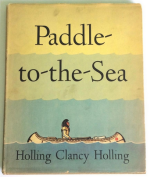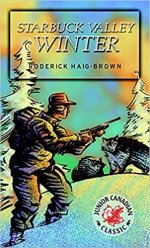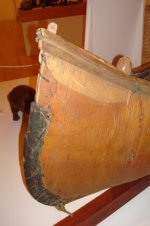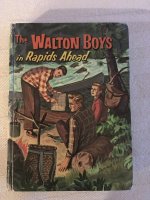Are there any books that profoundly affected your canoe tripping lifestyle or outdoor world in general?
I am rereading a book that I originally read in high school and many times since. It planted a seed that at the time I was unaware of. After college I moved to Chicago to begin my career and as much as I enjoyed living there in my early 20’s was always looking for a reason to go north to camp and fish. After a few years I was on a business trip to CT and took a couple extra days to fish a river I had read about in a fly fishing magazine. I had never fly fished, but after a couple days of flailing the water and accidentally hooking a good sized rainbow trout I was hooked. A month later I bought a tiny lake cottage returning to the earth in NW CT and spent untold hours on the water fishing and canoeing. 20 some years later a lot and little has changed.
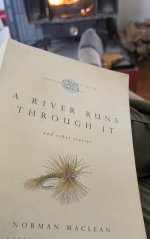
Bob
I am rereading a book that I originally read in high school and many times since. It planted a seed that at the time I was unaware of. After college I moved to Chicago to begin my career and as much as I enjoyed living there in my early 20’s was always looking for a reason to go north to camp and fish. After a few years I was on a business trip to CT and took a couple extra days to fish a river I had read about in a fly fishing magazine. I had never fly fished, but after a couple days of flailing the water and accidentally hooking a good sized rainbow trout I was hooked. A month later I bought a tiny lake cottage returning to the earth in NW CT and spent untold hours on the water fishing and canoeing. 20 some years later a lot and little has changed.

Bob

